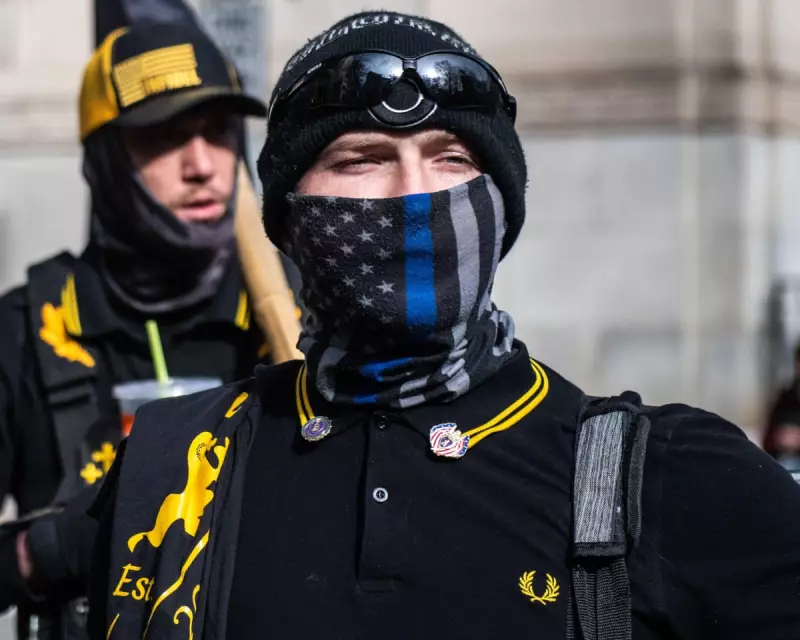
Far-right extremist groups are undergoing a disturbing makeover, trading their traditional uniforms for mainstream fashion brands and developing sophisticated coded language to appeal to younger, broader audiences, according to a new investigation.
The New Face of Extremism
Researchers have identified a strategic shift among white supremacist and neo-fascist movements away from overt symbolism toward subtle fashion choices and linguistic codes. This rebranding effort represents a deliberate attempt to distance themselves from historical imagery while maintaining their core ideologies.
"We're witnessing the mainstreaming of extremist aesthetics," explains Dr Eleanor Vance, lead researcher at the Centre for Digital Extremism Studies. "They've moved from swastikas and combat boots to polo shirts and sneakers, making their messaging more palatable to the uninitiated."
Fashion as a Trojan Horse
The investigation reveals how specific clothing brands have been co-opted by these movements:
- Certain sportswear companies favoured for their perceived "traditional" values
- Outdoor and workwear brands adopted for their association with rugged individualism
- Designer labels with historical connections being subtly referenced
This strategic adoption allows extremists to signal to like-minded individuals while appearing ordinary to the general public.
Coded Language and Dog Whistles
Parallel to the fashion transformation, researchers have documented an elaborate system of coded language developing within these circles:
- Numerical codes: Specific number combinations used to represent racist slogans
- Historical references: Obscure dates and figures known only to initiates
- Meme culture: Humorous content masking extremist ideology
- Academic terminology: Co-opting scholarly language to lend credibility
The Digital Playground
Social media platforms and online forums have become breeding grounds for this new approach. Extremist content creators are packaging hateful ideologies in aesthetically pleasing formats, from carefully curated Instagram feeds to TikTok videos using popular audio trends.
"The algorithm doesn't recognise ideology, only engagement," notes digital culture analyst Michael Chen. "By adopting mainstream aesthetics, these groups can bypass content moderation and reach audiences who would never consciously seek out extremist material."
Countering the Trend
Civil society groups and tech companies face significant challenges in addressing this evolving threat. The very subtlety that makes these tactics effective also makes them difficult to identify and counter.
Experts recommend:
- Improved digital literacy education focusing on recognising coded language
- Enhanced collaboration between fashion industry and anti-extremism organisations
- More sophisticated content moderation that understands contextual meaning
- Support for community-based counter-extremism programmes
As one counter-extremism worker noted, "We're not fighting jackboots and armbands anymore. We're fighting a trend that looks remarkably like everyday life."





